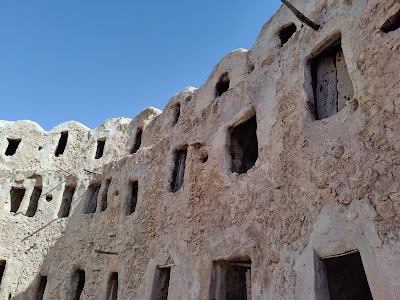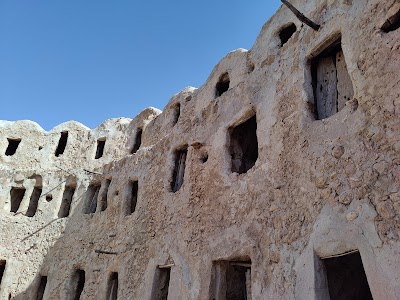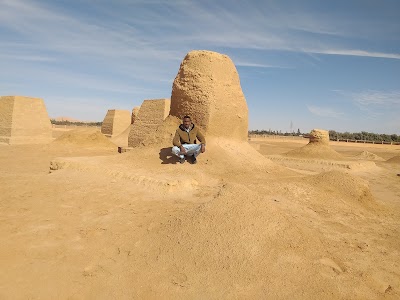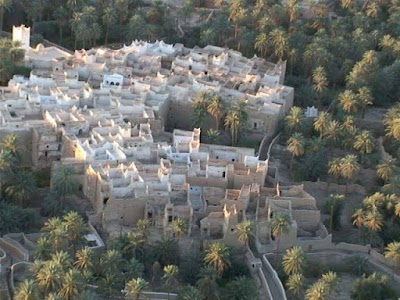Qasr al-Haj (قصور الحاج)
Related Places
Overview
Qasr al-Haj: A Glimpse into Libya's Historical Heritage
Nestled in the Nalut District of Libya, Qasr al-Haj, or “The Castle of the Pilgrim,” stands as a remarkable emblem of the region's rich cultural tapestry. This ancient fortress, constructed in the 18th century, was primarily used as a fortified residence and a hub for trade and pilgrimage. The architecture of Qasr al-Haj is a stunning representation of the traditional Berber style, characterized by its use of local materials and intricate designs that harmonize beautifully with the surrounding landscape. Visitors will immediately be captivated by the fortress's towering walls made of local stone, which create a striking contrast against the backdrop of the rugged mountains of the Nafusa range.
As you approach Qasr al-Haj, you'll notice the serene atmosphere that envelops the site. The fortress is not just a relic of the past but a living testament to the resilience of the Berber people who have inhabited this region for centuries. The complex features several rooms, including living quarters, storage areas, and communal spaces that provide insight into the daily life of its former inhabitants. The labyrinthine corridors and narrow passageways invite exploration, allowing travelers to imagine what life was like in this fortified haven, especially during times of conflict or trade.
The Cultural Significance of Qasr al-Haj
The historical importance of Qasr al-Haj extends beyond its architectural beauty; it also serves as a vital link to the cultural identity of the Berber people. The fortress was strategically located along trade routes that connected various regions, making it a bustling site for merchants and travelers, particularly during the pilgrimage season. This connectivity fostered a rich exchange of goods, ideas, and traditions, which is reflected in the diverse influences seen in the architecture and art of the area. As a foreign traveler, you will appreciate the unique blend of Berber, Arab, and Mediterranean influences that contribute to the character of Qasr al-Haj.
Visiting Qasr al-Haj is not just about witnessing history; it also offers an opportunity to engage with the local community. The nearby village of Nalut is known for its warm hospitality, where you can interact with residents and learn about their traditions and customs. Many locals are eager to share stories about their ancestors and the significance of the fortress in their heritage. This interaction provides a deeper understanding of Libyan culture, making your visit to Qasr al-Haj a meaningful and enriching experience.
Practical Information for Visitors
For travelers looking to explore Qasr al-Haj, it is essential to plan your visit in advance. The fortress is accessible by road from major Libyan cities, and local guides are available to enhance your experience with their knowledge of the area. It is advisable to dress modestly and respectfully, considering the cultural norms of the region. While the site is relatively secluded, the breathtaking views of the surrounding mountains and valleys are well worth the journey, offering countless opportunities for photography and reflection.
Whether you are a history enthusiast, an architecture aficionado, or simply a curious traveler, Qasr al-Haj in Nalut District promises a unique glimpse into Libya's past. Its blend of history, culture, and stunning natural beauty makes it an unmissable destination in your exploration of this North African gem. Embrace the adventure, and let the stories of Qasr al-Haj unfold as you walk through its ancient walls, where every stone has a tale to tell.







